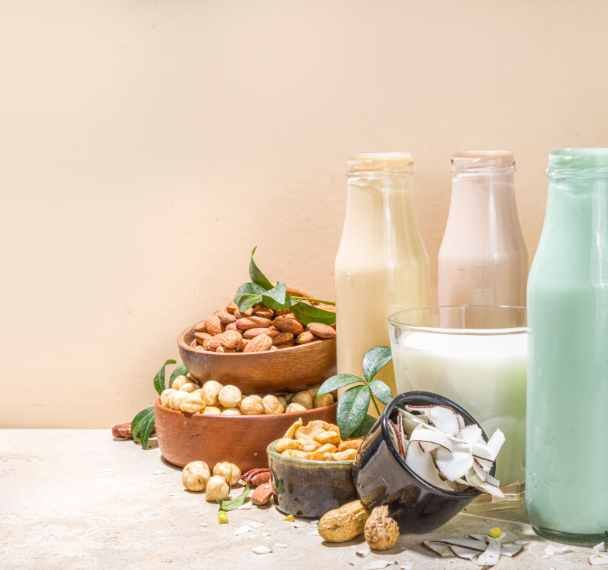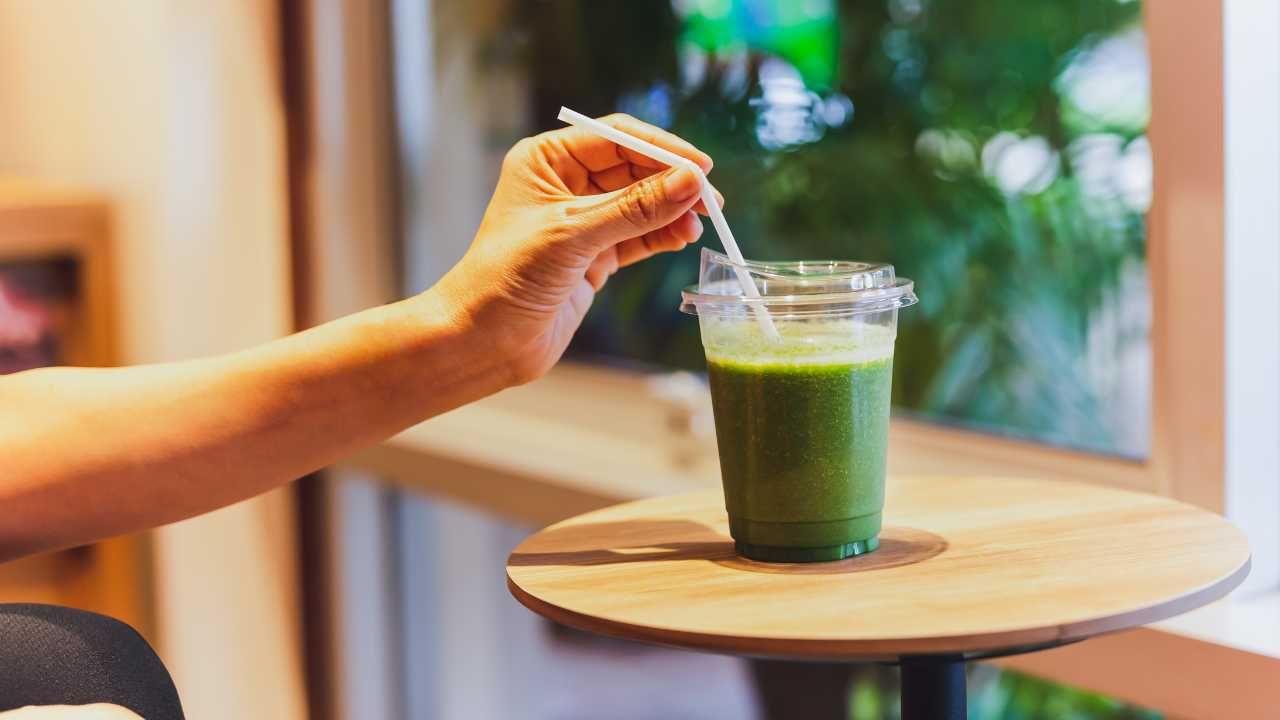Uncovering The Flavours Of Chocolate Series | The Impact Of Cacao Origin & Terroir
Feb 09, 2023
Introduction
Chocolate is one of the planet's most popular snacks, its quality is closely linked to where the cacao beans are grown and the environment they are cultivated in. Now, what does this mean for food entrepreneurs wanting to source ethically and create scrumptious products?
In this series, we’ll explore the impact of cacao origin and terroir on the flavour of chocolate, and how food entrepreneurs can use this knowledge to choose the best cacao beans and create unique and memorable products.
Ensure you explore the past blog series to discover the influence of cacao variety and genetic on the chocolate flavour profile
Cacao local origin and terroir
Although the cacao variety is really important, it is more complex than that to understand the flavour potential of a cacao bean. Indeed, the cacao origin and local terroir play also an important role in cacao flavour.
Terroir is a French term used to describe the environmental factors, such as soil, climate, and topography, that give a particular geographical region its unique characteristics and flavour profile. It is most commonly used in the context of wine, but can also be applied to other agricultural products such as cheese and chocolate.
The idea is that these factors impact the growth and development of the cacao or other crops, which in turn affects the taste and quality of the final product.
When it comes to chocolate, there are significant differences in flavour depending on where the cacao is grown. While there may be unique variations within each region, you can learn to recognize the key flavours of the producing countries. However, it's important to note that the terroir affects the taste of chocolate, so you can never entirely predict the flavour of a chocolate even if it mentions a certain origin such as Peru, Ecuador, or Madagascar on the packaging.
It is important to note that if the packaging of the chocolate does not mention where it is from, then it is likely a combination of bulk cacao.
General guideline
As a general guideline, you can use the following information to gain a better understanding of chocolate flavours:
South America:
Venezuela is home to various hybrids of Criollo cacao varieties, with a diverse range of flavour profiles from chocolatey, nutty and creamy to dark and earthy. E.g. of hybrids of Criollo varieties:
Guasare cacao: one of many ancient cacao types, pistachio note, very rare!
Porcelana cacao: Usually strawberry, chocolate and hazelnut notes, exceptionally mild and delicate. Procelana cacáo is considered one of the rarest and most expensive beans in the world. It is coveted as the Holy Grail of cacao by chocolatiers, bakers, and chocolate connoisseurs alike
Ecuador and northern Peru are known for their Nacional (or Arriba) cacao varieties, which often have strong blackberry, brown sugar and other dark notes. Floral notes can also be found in certain terroirs, while dark sugars are common in Peruvian cacao.
Central American cacao beans are a hybrid of Criollo varieties, with very few pure Criollos varieties still in existence. These cacao beans typically have strong chocolate flavours, with hints of nuts, gianduja, leather, and black olives. White-beaned Criollos, which are most commonly found in the inner ring of the Dominican Republic and other older Caribbean regions, are the purest and most distinct in Central American cacao bean flavours.
The Caribbean region is known for its unique flavours of cacao. In Trinidad, hybrids of Criollo and Amelonado cacao varities can be tasted, with high roast "Trinitarios" and typical Caribbean notes including tobacco and rum.
West Africa's Amelonado is the foundation for most of its bulk cacao. It does not provide a great variety of flavours: earthy notes, is flat and simple, and harsh sour aftertaste.
Ready to take your chocolate experience to the next level? Dive into the unique flavour profiles the main cacao country/city origin has to offer with this free guideline and make the perfect decision!
Interesting Fact: When selecting and working with chocolates, it is important to consider the origin of the cacao. For more acidic cacao varieties, such as Madagascan or Peruvian, a higher sugar percentage is often needed to balance the flavour profile. They will often have a cacao content around 63%-65%. On the other hand, milder and less acidic varieties such as Venezuelan criollos will work well with higher cacao percentages in the 70% - 80% range.
Choosing Quality Chocolate
Quality chocolate makers must start with the finest cacao. Poor cacao varieties from West African countries lack fruitiness and complexity and have strong almond or coconut flavours. Look for single origin varieties as they are higher quality and better flavour potential!
Check out Cocoa Runners' website for a wide range of chocolates from different cacao origins, varieties, and terroirs. Though more expensive than mass-market products, they are more beneficial to the planet and the cacao farmers.
E.g. For comparison of beans with same genetics, different terroir:
Duffy's - Indio Rojo 72% chocolate bar
Duffy's - Rio Dulce 70% chocolate bar
Conclusion
Discovering the impact of cacao origin and terroir can be invaluable for food entrepreneurs looking to craft memorable, high-quality and ethically sourced chocolate.
This series has explored the nuances of cacao origin and terroir and how entrepreneurs can use this knowledge to delight customers with the most flavourful and unique chocolate.
Link to related blogs you may enjoy
🔶The Secret Of Cacao | First Steps Towards Chocolate: Harvest & Process.
🔶Uncovering The Flavours Of Chocolate Series | The Impact Of Cacao Variety & Genetic
🔶Uncovering The Flavours Of Chocolate Series | The Impact Of Cacao Process
🔶 Beyond the Bar: 5 Eye-Opening Facts About Cacao and Chocolate flavours
🔶 Exploring the Rich Flavours in Chocolate Making Process & Common Unethical Practices
References
Level 2 Certificate in Chocolate tasting https://www.chocolatetastinginstitute.org/
Stephen T Beckett, The Science of Chocolate, 3rd Edition, 2018
Alistair Paterson, Mark Fowler, Angela Ryan, Flavor Formation and Character in Cocoa and Chocolate: A Critical Review, 2008 Critical Reviews In Food Science and Nutrition
Additional resources to go further
Bob Holmes, Flavour: The science of our most neglected sense
Harold McGee, Nose Dive
Maricel E. Presilla, The New Taste of Chocolate
Bee Wilson, First bite - how we learn to eat
Sophie D Coe & Michael D Coe, The True History of Chocolate









